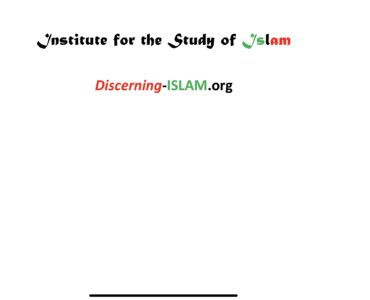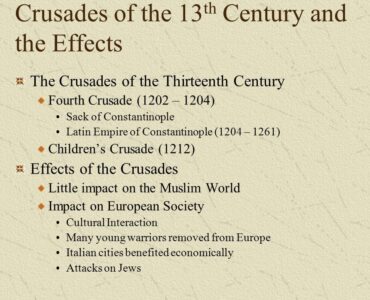
Human Trafficking
Part 6 of a 7 part series
Tier Placements and Regional Maps
TIER PLACEMENTS
Tier 1
Argentina
Australia
Austria
Bahamas, The
Bahrain
Belgium
Canada
Chile
Colombia
Czech Republic
Estonia
Finland
France
Georgia
Guyana
Korea, South
Lithuania
Luxembourg
Namibia
Netherlands
Philippines
Singapore
Slovenia
Spain
Sweden
Taiwan
United Kingdom
United States of America
Tier 2
Albania
Angola
Antigua and Barbuda
Armenia
Bangladesh
Benin
Bolivia
Bosnia and Herzegovina
Botswana
Brazil
Bulgaria
Cabo Verde
Central African Republic
Congo, Republic of the
Costa Rica
Cote D’Ivoire
Croatia
Cyprus
Denmark
Dominican Republic
Ecuador
Egypt
El Salvador
Eswatini
Fiji
Gabon
Germany
Ghana
Greece
Guatemala
Honduras
Hungary
Iceland
India
Indonesia
Iraq
Israel
Italy
Japan
Jamaica
Jordan
Kazakhstan
Kyrgyz Republic
Kenya
Kosovo
Kuwait
Laos
Latvia
Lebanon
Madagascar
Malawi
Maldives
Malta
Mauritius
Mexico
Micronesia
Moldova
Mongolia
Montenegro
Morocco
Mozambique
New Zealand
Niger
Nigeria
Nepal
North Macedonia
Norway
Oman
Panama
Paraguay
Peru
Poland
Portugal
Qatar
Rwanda
Saint Lucia
St. Vincent and the Grenadines
Saudi Arabia
Serbia
Seychelles
Sierra Leone
Slovak Republic
Solomon Islands
Sudan
Suriname
Switzerland
Tajikistan
Togo
Tunisia
Turkey
Ukraine
United Arab Emirates
Uruguay
Uzbekistan
Vanuatu
Tier 2 Watch List
Aruba
Azerbaijan
Barbados
Belarus
Belize
Bhutan
Brunei
Burkina Faso
Burundi
Cambodia
Cameroon
Chad
Congo, Democratic Republic of the
Curaçao
Djibouti
Equatorial Guinea
Ethiopia
Gambia, The
Guinea
Haiti
Hong Kong
Ireland
Lesotho
Liberia
Macau
Mali
Marshall Islands
Mauritania
Pakistan
Palau
Papua New Guinea
Romania
Senegal
Sint Maarten
South Africa
Sri Lanka
Tanzania
Thailand
Timor-Leste
Tonga
Trinidad and Tobago
Uganda
Vietnam
Zambia
Zimbabwe
Tier 3
Afghanistan
Algeria
Burma
China
Comoros
Cuba
Eritrea
Guinea-Bissau
Iran
Korea, North
Malaysia
Nicaragua
Russia
South Sudan
Syria
Turkmenistan
Venezuela
Special Case
Libya
Somalia
Yemen
Stopping Human Trafficking
REGIONAL MAPS
Africa
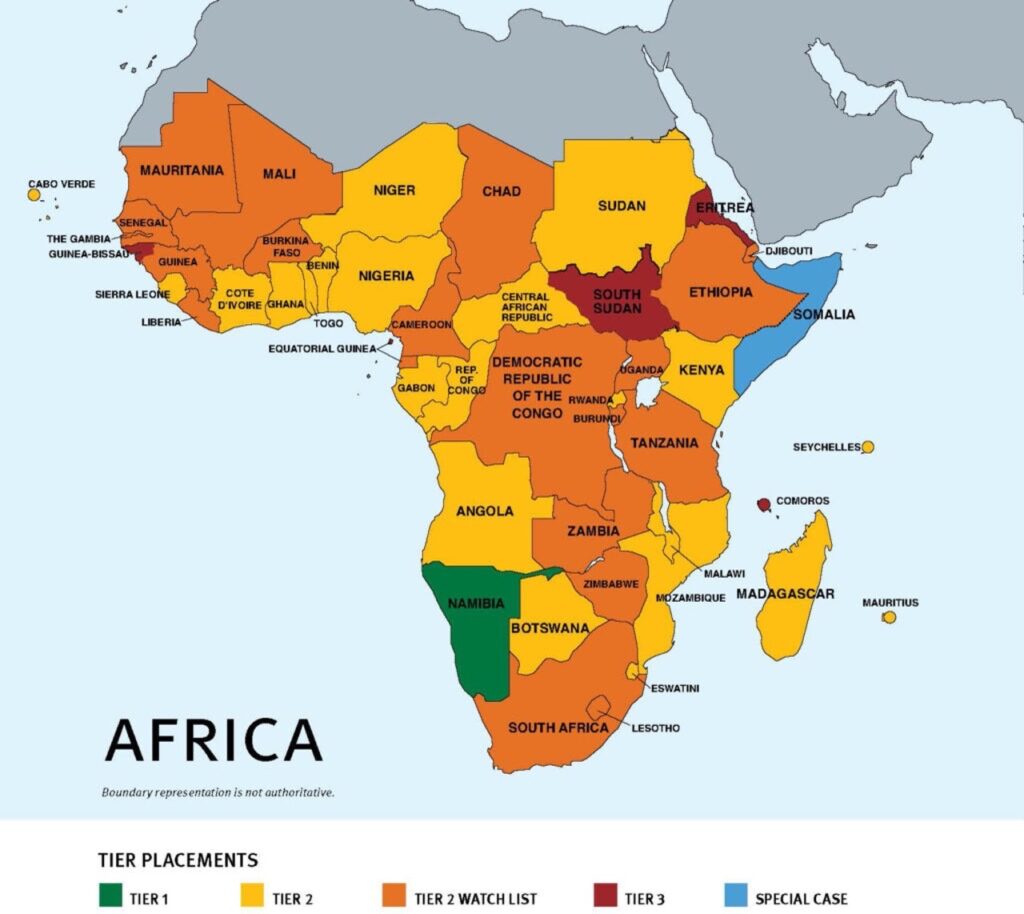
| YEAR | PROSECUTIONS | CONVICTIONS | VICTIMS IDENTIFIED | NEW OR AMENDED LEGISLATION |
| 2014 | 811 (49) | 317 (33) | 9,523 (1,308) | 4 |
| 2015 | 1,517 (53) | 719 (8) | 12,125 (3,531) | 6 |
| 2016 | 1,293 (54) | 1,120 (21) | 18,296 (13,205) | 4 |
| 2017 | 1,325 (98) | 515 (34) | 26,517 (5,902) | 2 |
| 2018 | 1,253 (37) | 1,190 (29) | 24,407 (3,749) | 2 |
| 2019 | 955 (71) | 2,122 (32) | 42,517 (1,284) | 2 |
| 2020 | 1,493 (251) | 382 (107) | 28,538 (6,947) | 8 |
The above statistics are estimates derived from data provided by foreign governments and other sources and reviewed by the Department of State. Aggregate data fluctuates from one year to the next due to the hidden nature of trafficking crimes, dynamic global events, shifts in government efforts, and a lack of uniformity in national reporting structures. The numbers in parentheses are those of labor trafficking prosecutions, convictions, and victims identified.
East Asia & Pacific
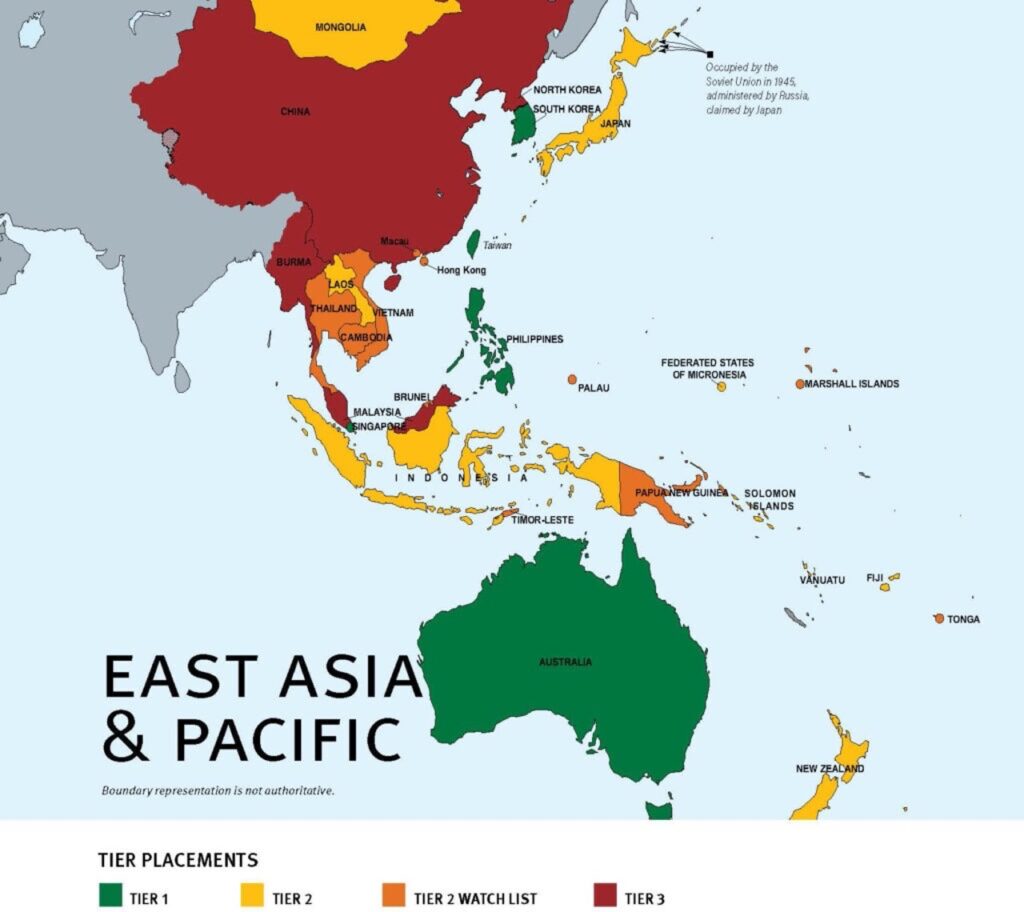
| YEAR | PROSECUTIONS | CONVICTIONS | VICTIMS IDENTIFIED | NEW OR AMENDED LEGISLATION |
| 2014 | 1,938 (88) | 969 (16) | 6,349 (1,084) | 3 |
| 2015 | 3,414 (193) | 1,730 (130) | 13,990 (3,533) | 10 |
| 2016 | 2,137 (51) | 1,953 (31) | 9,989 (310) | 7 |
| 2017 | 2,949 (77) | 3,227 (72) | 4,915 (669) | 0 |
| 2018 | 2,351 (63) | 1,275 (16) | 5,466 (291) | 1 |
| 2019 | 3,276 (86) | 3,662 (20) | 14,132 (7,687) | 2 |
| 2020 | 1,838 (70) | 1,502 (12) | 2,884 (691) | 1 |
The above statistics are estimates derived from data provided by foreign governments and other sources and reviewed by the Department of State. Aggregate data fluctuates from one year to the next due to the hidden nature of trafficking crimes, dynamic global events, shifts in government efforts, and a lack of uniformity in national reporting structures. The numbers in parentheses are those of labor trafficking prosecutions, convictions, and victims identified.
Europe

| YEAR | PROSECUTIONS | CONVICTIONS | VICTIMS IDENTIFIED | NEW OR AMENDED LEGISLATION |
| 2014 | 4,199 (197) | 1,585 (69) | 11,910 (3,531) | 5 |
| 2015 | 4,990 (272) | 1,692 (245) | 11,112 (3,733) | 8 |
| 2016 | 2,703 (201) | 1,673 (40) | 13,349 (3,192) | 3 |
| 2017 | 2,548 (179) | 1,257 (53) | 12,750 (3,330) | 0 |
| 2018 | 2,394 (234) | 1,379 (80) | 16,838 (2,675) | 1 |
| 2019 | 2,896 (106) | 1,346 (41) | 17,383 (1,369) | 2 |
| 2020 | 2,355 (101) | 1,291 (33) | 18,173 (1,082) | 2 |
The above statistics are estimates derived from data provided by foreign governments and other sources and reviewed by the Department of State. Aggregate data fluctuates from one year to the next due to the hidden nature of trafficking crimes, dynamic global events, shifts in government efforts, and a lack of uniformity in national reporting structures. The numbers in parentheses are those of labor trafficking prosecutions, convictions, and victims identified.
* Islands in the Caribbean Sea—although part of the Kingdom of the Netherlands, Aruba, Curaçao, and Sint Maarten are covered by the Department’s Bureau of Western Hemisphere Affairs.
Near East
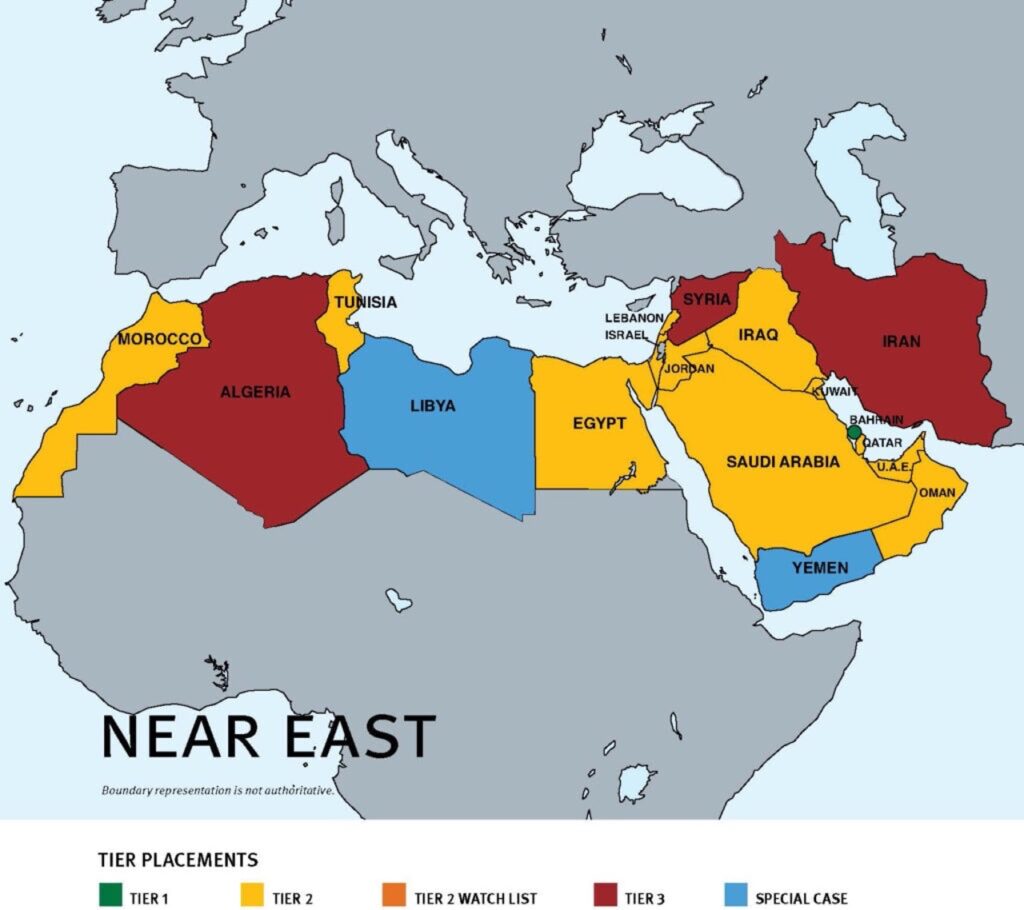
| YEAR | PROSECUTIONS | CONVICTIONS | VICTIMS IDENTIFIED | NEW OR AMENDED LEGISLATION |
| 2014 | 320 (5) | 144 (25) | 3,388 (2,460) | 0 |
| 2015 | 480 (31) | 343 (31) | 6,068 (156) | 0 |
| 2016 | 996 (591) | 1,187 (582) | 3,292 (185) | 4 |
| 2017 | 974 (112) | 104 (11) | 1,834 (53) | 0 |
| 2018 | 738 (10) | 155 (7) | 2,675 (83) | 0 |
| 2019 | 788 (44) | 419 (22) | 3,619 (35) | 0 |
| 2020 | 533 (106) | 677 (84) | 3,461 (1,827) | 0 |
The above statistics are estimates derived from data provided by foreign governments and other sources and reviewed by the Department of State. Aggregate data fluctuates from one year to the next due to the hidden nature of trafficking crimes, dynamic global events, shifts in government efforts, and a lack of uniformity in national reporting structures. The numbers in parentheses are those of labor trafficking prosecutions, convictions, and victims identified.
South & Central Asia
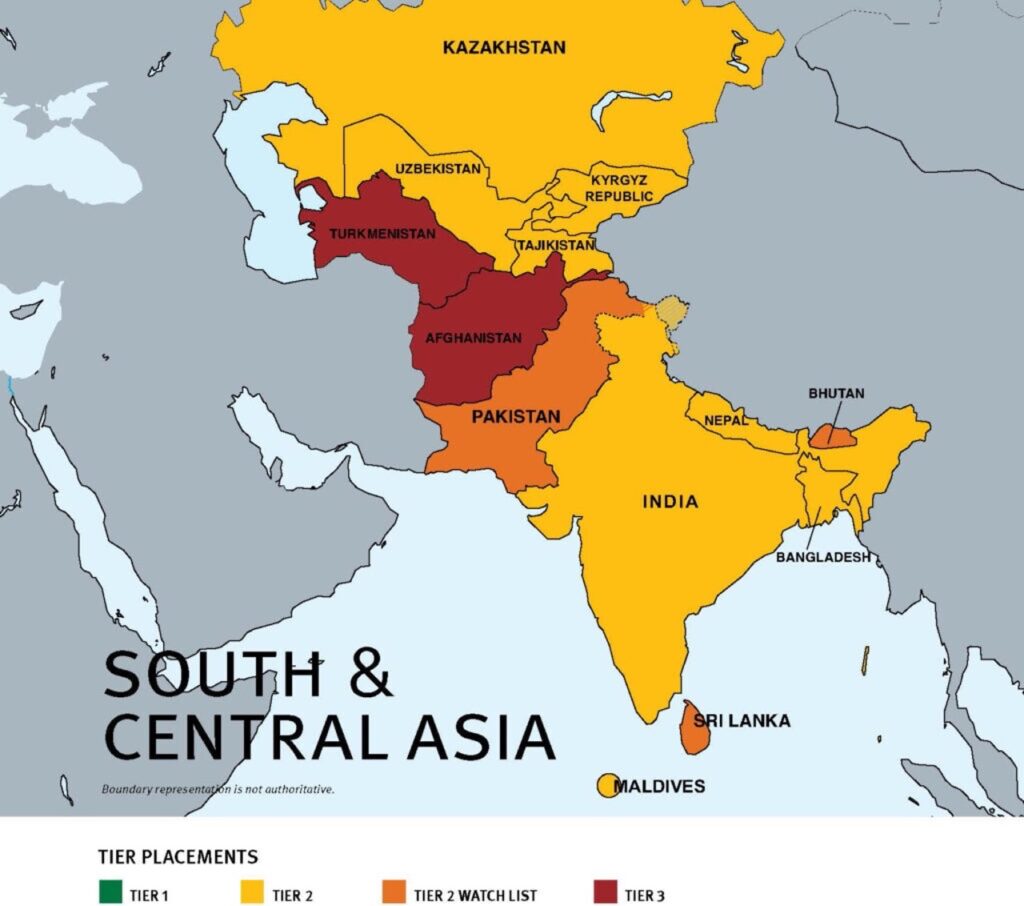
| YEAR | PROSECUTIONS | CONVICTIONS | VICTIMS IDENTIFIED | NEW OR AMENDED LEGISLATION |
| 2014 | 1,839 (12) | 958 (10) | 4,878 (1,041) | 3 |
| 2015 | 6,930 (225) | 1,468 (16) | 24,867 (1,191) | 0 |
| 2016 | 6,297 (72) | 2,193 (19) | 14,706 (464) | 5 |
| 2017 | 8,105 (264) | 1,063 (48) | 40,857 (11,813) | 2 |
| 2018 | 3,102 (41) | 2,465 (9) | 24,544 (1,841) | 1 |
| 2019 | 2,602 (616) | 1,156 (349) | 28,929 (3,227) | 1 |
| 2020 | 2,747 (532) | 831 (74) | 45,060 (3,275) | 3 |
The above statistics are estimates derived from data provided by foreign governments and other sources and reviewed by the Department of State. Aggregate data fluctuates from one year to the next due to the hidden nature of trafficking crimes, dynamic global events, shifts in government efforts, and a lack of uniformity in national reporting structures. The numbers in parentheses are those of labor trafficking prosecutions, convictions, and victims identified.
Western Hemisphere

| YEAR | PROSECUTIONS | CONVICTIONS | VICTIMS IDENTIFIED | NEW OR AMENDED LEGISLATION |
| 2014 | 944 (67) | 470 (63) | 8,414 (2,014) | 5 |
| 2015 | 1,796 (83) | 663 (26) | 9,661 (2,118) | 6 |
| 2016 | 1,513 (69) | 946 (24) | 8,821 (109) | 2 |
| 2017 | 1,571 (139) | 969 (114) | 10,011 (2,139) | 1 |
| 2018 | 1,252 (72) | 1,017 (177) | 11,683 (2,370) | 0 |
| 2019 | 1,324 (101) | 843 (34) | 12,352 (273) | 0 |
| 2020 | 910 (55) | 588 (27) | 11,100 (626) | 2 |
The above statistics are estimates derived from data provided by foreign governments and other sources and reviewed by the Department of State. Aggregate data fluctuates from one year to the next due to the hidden nature of trafficking crimes, dynamic global events, shifts in government efforts, and a lack of uniformity in national reporting structures. The numbers in parentheses are those of labor trafficking prosecutions, convictions, and victims identified.
How To Read a Country Narrative
This page shows a sample country narrative. The tier ranking justification appears in the first paragraph of each country narrative and includes language that explicitly highlights the factors supporting a given tier ranking. The Prosecution, Protection, and Prevention sections of each country narrative describe how a government has or has not addressed the relevant TVPA minimum standards (see pages 56-58), during the reporting period. This truncated narrative gives a few examples. [See PDF version.]
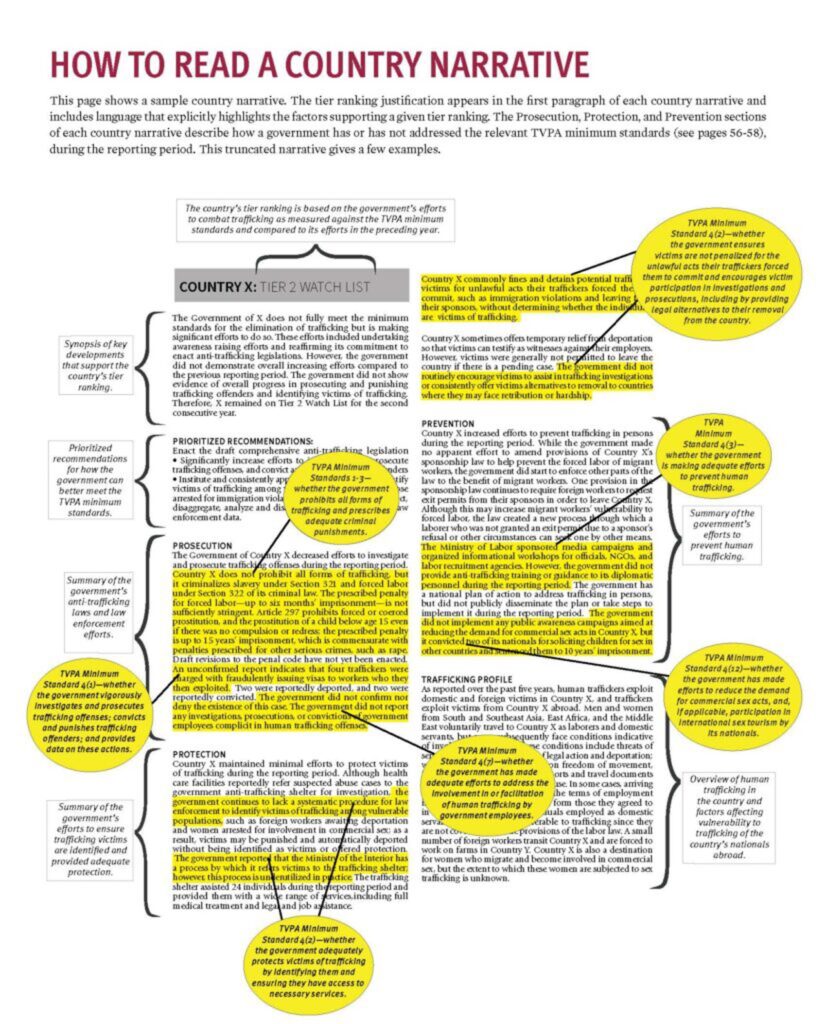
Relevant International Conventions
The chart below shows the Ratification, Accession (a), or Acceptance (A) of relevant international conventions for those countries that have ratified, acceded to, or accepted any such conventions between April 2020 and March 2021. A complete list that includes all of the countries covered by the 2021 Trafficking in Persons Report is available at: https://www.state.gov/international-conventions-relevant-to-combating-trafficking-in-persons/.
[Scroll bar is available at the bottom of the table. See PDF version.]
| Country | UN Protocol to Prevent, Suppress and Punish Trafficking in Persons (2000) | Optional Protocol to the Convention on the Rights of the Child on the Sale of Children, Child Prostitution and Child Pornography (2000) | Optional Protocol to the Convention on the Rights of the Child on the involvement of children in Armed Conflict (2000) | ILO Convention 29 Forced Labour (1930) | ILO Protocol of 2014 to the Forced Labour Convention | ILO Convention 105, Abolition of Forced Labour (1957) | ILO Convention 182, Elimination of Worst Forms of Child Labor, (1999) | ILO Convention 189, Domestic Workers (2011) |
| Chile | 2004 | 2003 | 2003 | 1933 | 2020 (will enter into force on 16 November 2021) | 1999 | 2000 | 2015 |
| Comoros | 2020 (23 June) | 2007 | — | 1978 | — | 1978 | 2004 | — |
| Costa Rica | 2003 | 2002 | 2003 | 1960 | 2020 (will enter into force on 16 November 2021) | 1959 | 2001 | 2014 |
| Kyrgyzstan | 2003 | 2003 | 2003 | 1992 | 2020 (will enter into force on 16 November 2021) | 1999 | 2004 | — |
| Mexico | 2003 | 2002 | 2002 | 1934 | — | 1959 | 2000 | 2020 (will enter into force on 3 July 2021) |
| Namibia | 2002 | 2002 | 2002 | 2000 | 2017 | 2000 | 2000 | 2020 (will enter into force on 9 December 2021) |
| Nepal | 2020 (16 June) | 2006 | 2007 | 2002 | — | 2007 | 2002 | — |
| Portugal | 2004 | 2003 | 2003 | 1956 | 2020 (will enter into force on 23 December 2021) | 1959 | 2000 | 2015 |
| Sudan | 2014 | 2004 | 2005 | 1957 | 2021 (will enter into force on 17 March 2022) | 1970 | 2003 | — |
| Tonga | — | — | — | — | — | — | 2020 (will enter into force on 4 August 2021) | — |
| Vietnam | 2012 | 2001 | 2001 | 2007 | — | 2020 (will enter into force on 14 July 2021) | 2000 | —& |
Trafficking and Sexual Exploitation and Abuse by International Peacekeepers and Civilian Personnel
As required by law, this section summarizes actions taken by the UN, the North Atlantic Treaty Organization (NATO), and the OSCE to prevent trafficking in persons or the exploitation of victims of trafficking.
[Scroll bar is available at the bottom of the table. See PDF version.]
| UN | OSCE | NATO | |
| Total Number of Peacekeeping and Support Personnel | 81,932 (including 5,763 women) | 3,795 | 15,621 |
| Total Number of Missions | 13 | 16 | 3 |
| Prevention Policy | “Special Measures for Protection from Sexual Exploitation and Sexual Abuse” (SEA) (2003) | “Code of Conduct for Staff and Mission Members” | “NATO Policy on Combating Trafficking in Human Beings” (2004 and 2007)“NATO Policy on Combatting Sexual Exploitation and Abuse” (2019) |
| Lead Office Responsible for Implementation | Department of Management Strategy, Policy and Compliance | Office of Human Resources | Human Security Unit |
| Prevention Training | Pre-deployment and at mission, including a new e-learning program | Pre-deployment | Pre-deployment and at mission“NATO Guidance for the development of training and educational programmes to support the policy on combating the trafficking in human beings” (2004) |
| Number of Allegations in 2020 | 65 allegations were made against military, police, and civilian personnel. The majority of the allegations were in the Central African Republic, Democratic Republic of Congo, and South Sudan.13 of the allegations affected children. | No reported allegations | No reported “allegations.” NATO relies on contributing countries to report allegations as early as third quarter 2021 |
| New Initiatives | The Secretary-General has institutionalized mechanisms to continue engagement and cohesion across the United Nations system, and prioritized leadership accountability relating to sexual exploitation and abuse through mandated action plans and personal certifications.To maintain momentum and coordination in implementation, the Secretary-General extended the mandate of the Special Coordinator on improving the UN response to sexual exploitation and abuse until 31 December 2021.The United Nations Population Fund (UNFPA) and the World Food Programme (WFP) conducted consultations with staff in high-risk duty stations on the prevention of sexual exploitation and abuse during COVID-19.The integration of a victim-centered approach into system-wide efforts on sexual exploitation and abuse, including risks to beneficiaries and others associated with the COVID-19 pandemic, was strengthened in 2020. | The OSCE provides workshops and training to participating States on preventing trafficking in the organization’s supply chains, and identifying and protecting trafficking victims.Internally, the Office of the Special Representative and Co-Ordinator for Combating Trafficking in Human Beings (OSR/CTHB) helped develop and adopt contract and tender provisions for OSCE procurement; conducted a pilot assessment of TIP risk in procurement of the OSCE field operation in Serbia, results from which were published in an analysis report; developed guidance for OSCE procurement to prevent TIP, and developed training for OSCE procurement and program staff and launched implementation.Leading by example, the OSR/CTHB’s collaboration with the Secretariat’s Procurement and Contracting Unit provided for the development of internal measures and capacities to prevent TIP in the OSCE’s procurement. As tasked by MC Decision 6/17, the OSR/CTHB contributed to the development of Guidance for OSCE Procurement on Combating Human Trafficking and Labour Exploitation in Supply Chains as well as to the OSCE Procurement and Contracting Workshop and a pilot training. It also organized a workshop on managing and mitigating TIP risks in procurement for ODIHR.In line with MC Decision 6/17, in 2020 the OSR/CTHB, in co-operation with anti-trafficking Focal Points and DHR, finalized the development of a learning module on combating TIP for the OSCE executive structures as part of the new All OnBoard programme. In 2021, the roll out of the module in Field Operations has started.Finally, as co-chair of the Task Force mandated by the UN High-Level Committee on Management to develop a common approach to combat TIP and forced labor in supply chains, the OSCE has closely worked with the UN system to coordinate these efforts among all major IOs. | NATO Sexual Exploitation and Abuse Action Plan to be adopted by October 2020.NATO Human Trafficking Policy (2004) to be up-dated in 2021. |
| Links for Additional Information | https://conduct.unmissions.org/ | http://www.osce.org/what/trafficking | http://www.nato.int/cps/en/natolive/topics_50315.htm |
Human Trafficking: Tier Placements and Regional Maps
Part 6 of a 7 part series
https://discerning-Islam.org
Last Updated: 07/2022
See COPYRIGHT information below.
